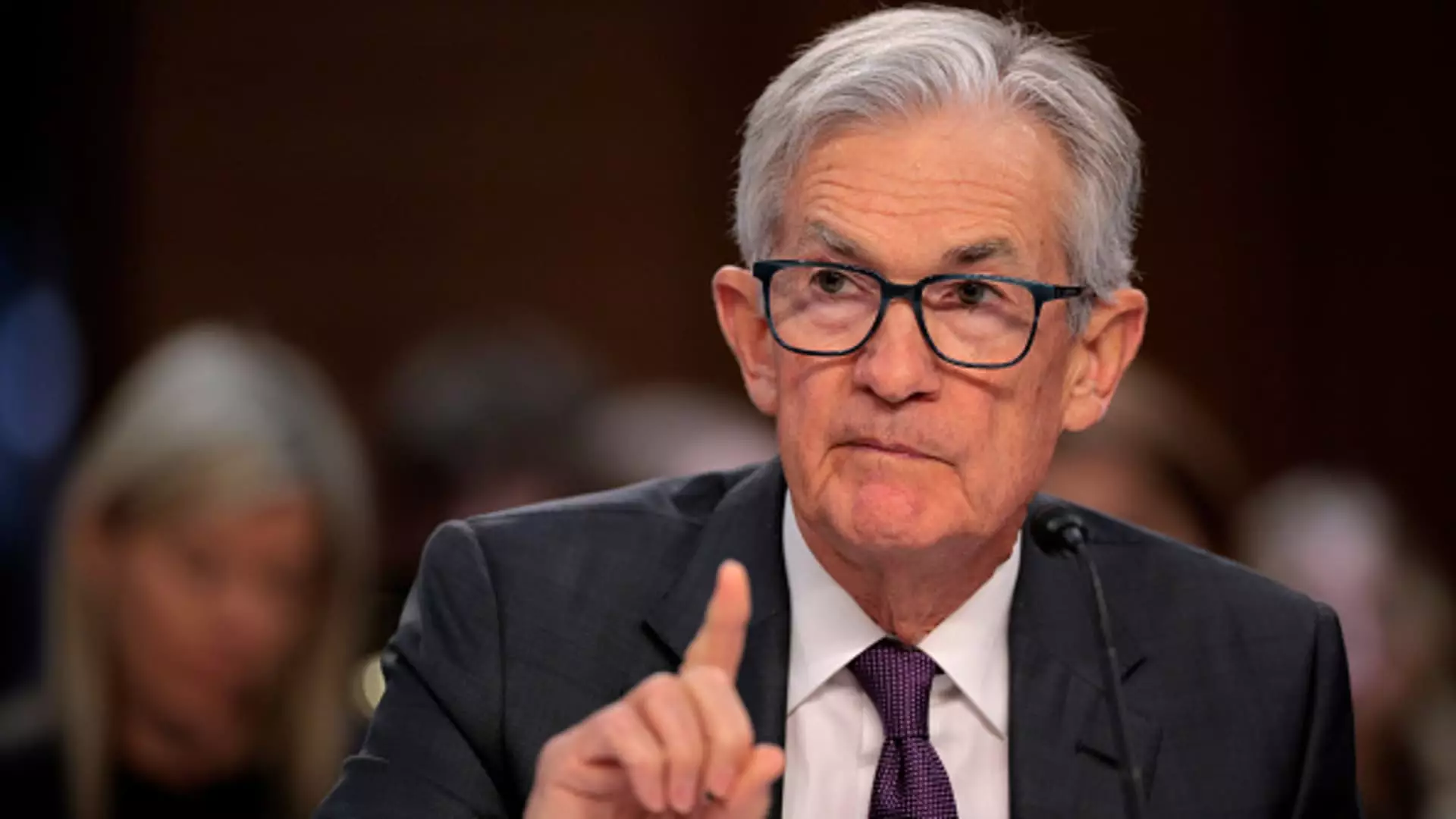In January, the Federal Reserve (Fed) faced a pivotal moment regarding its monetary policy in light of evolving economic conditions. As inflation persists at levels above the central bank’s target, officials unanimously chose to maintain the current interest rate after a series of rate cuts in 2024. This decision, driven by extensive discussions around President Donald Trump’s proposed tariffs and their potential economic repercussions, highlights the delicate balance the Fed must manage in navigating monetary policy amid external pressures.
The Federal Open Market Committee (FOMC) decided to keep interest rates steady, opting for a cautious approach following three significant rate cuts totaling one percentage point. The committee underscored that the prevailing policy had become “significantly less restrictive” than before, providing members with an opportunity to evaluate ongoing economic conditions. The ongoing assessments are crucial as policymakers aim to ensure that their response to inflation aligns with labor market dynamics and overall economic growth.
Fed officials stressed the importance of observing the evolving economic outlook, particularly in relation to maintaining near-maximum employment while still aiming for sustainable inflation rates. It was made clear that the Fed would seek “further progress” on inflation before contemplating additional shifts in policy, advocating prudence over haste in decision-making.
A significant concern for FOMC members was the persistent influence of President Trump’s tariffs. The tariffs, already instituted on various imports, present challenges to price stability within the economy. Trump’s mention of implementing 25% duties on essential goods such as automobiles and pharmaceuticals introduces an element of uncertainty regarding their long-term effects on inflation. The potential for rising input costs may compel firms to transfer these costs onto consumers, thus aggravating inflationary pressures at a time when consumer price increases have already surpassed expectations.
As the committee deliberated, it recognized the “upside risks to the inflation outlook,” particularly due to impending changes in trade and immigration policy. The FOMC’s collective insights indicate that while tariffs could inflate prices, the variability depends on whether these increases are transient or lead to more persistent inflationary trends necessitating an adaptive monetary response.
The economic indicators emerging from various sectors present a complex picture. While consumer prices have risen significantly, signaling potential inflationary pressure, wholesale prices suggest a more subdued environment, raising questions about the overall economic trajectory. Notably, Fed Chair Jerome Powell has refrained from speculating explicitly on how tariffs might influence economic conditions, opting for a more reserved stance, though other officials have voiced more direct concerns over the potential long-term impacts of such policies.
Given the mixed signals from the economy, the central bank’s deliberation process remains critical. Policymakers appear aligned with the notion of navigating the current rates with caution, allowing for an extended evaluation of how trade, fiscal policies, and consumer demand evolve over time. Presently, market participants anticipate that any forthcoming reduction in rates may not occur until July or September of the year.
Despite the aforementioned challenges surrounding tariffs and inflation, the FOMC minutes also reflect a cautious optimism regarding the economic outlook. Many officials foresee potential benefits arising from anticipated changes in regulatory frameworks and tax policies that could stimulate growth further. The balance between addressing inflation and leveraging positive economic signals remains delicate but vital for maintaining market stability.
As the Fed grapples with both internal and external economic pressures, its future policy decisions will hinge on a comprehensive understanding of inflation dynamics, labor market conditions, and the broader implications of trade policies. The evolving landscape necessitates that the Fed remains vigilant and adaptable, ready to configure its strategies in alignment with actual economic developments rather than preconceived expectations.
The Federal Reserve’s position on interest rates embodies a thoughtful approach grounded in readiness to respond to inflation while nurturing employment conditions. The interplay of tariffs, economic signals, and the administration’s fiscal policies creates an intricate web of challenges that the central bank must navigate. By maintaining a cautious stance, the Fed seeks to foster stable economic growth while remaining responsive to inflation, ultimately ensuring its mandate to promote maximum employment and price stability is met in these uncertain times.

Leave a Reply